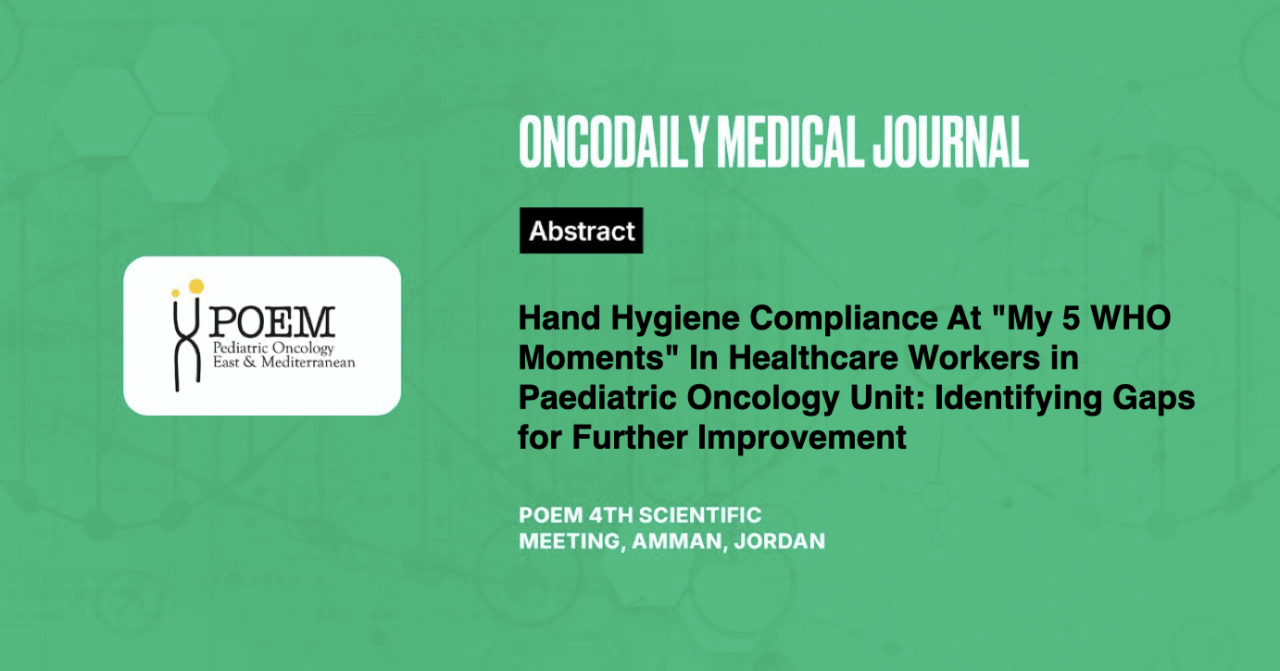Hand Hygiene Compliance At “My 5 WHO Moments” In Healthcare Workers in Paediatric Oncology Unit: Identifying Gaps for Further Improvement
Abstract
Introduction: Hand hygiene is the single most effective strategy for preventing healthcare-associated infections but compliance is usually low and effective improvement strategies are needed. Direct observation is the gold standard to monitor optimal hand hygiene compliance. Regular hand hygiene audits play a crucial role in monitoring and improving compliance with HH practices. This study aimed to evaluate HH compliance among healthcare workers (HCWs) in a paediatric oncology unit in eastern India using a customized Android application aligned with WHO guidelines.
Methodology: A retrospective analysis of five-year data on hand hygiene compliance in our paediatric oncology unit was carried out from January 2020 to December 2024.Ethical clearance was obtained from the Ethical Review Board of hospital Trained infection control nurses observed the HHC every five moments for different HCWs in different units(intensive care units, operation theatres, emergency wards, general wards and outpatient departments).Compliance was calculated as the percentage of events over total opportunities and compared.
Results: A total of 6923 HH opportunities were observed over the study period. The overall compliance during this period was 62% (4292/6923), increasing from 51.7% (729/1411) in 2020(30.5%) to 64% (546/853) in 2024(p<0.0001). Among the different moments defined by WHO, during these five years, the overall compliance was highest for Moment 1(78.3%) and Moment 2(67.1%) while the least was for Moment 5 (34%). The compliance to Moments 3 and 4 were 66.8% and 62.6% respectively. Among categories of HCWs, at Moment 5, nurses, doctors, housekeeping staff, auxiliary staff 32%, and patients’ attendants 43%,27.1%,44.4%,32%, and 28.3% respectively.
Conclusion: In this study, we found that our HCWs were least compliant during hand hygiene after touching patient surrounding. There is, therefore, a need to reinforce the importance of HH at this opportunity as patients’ surroundings can be heavily contaminated and a major contributor to causing HCAIS just like the patient himself/herself.





